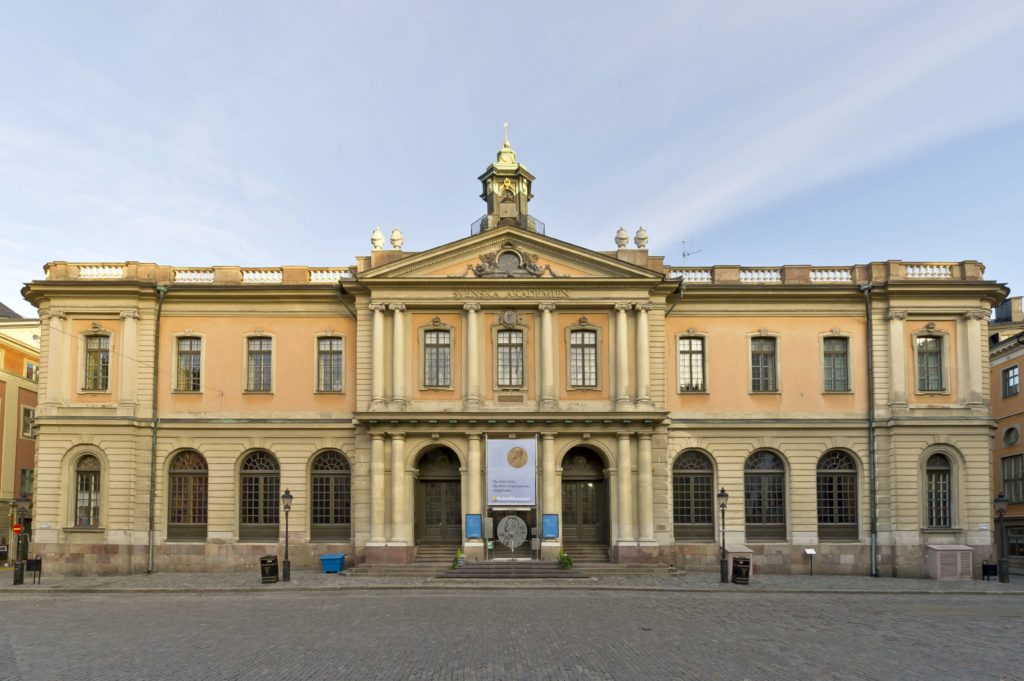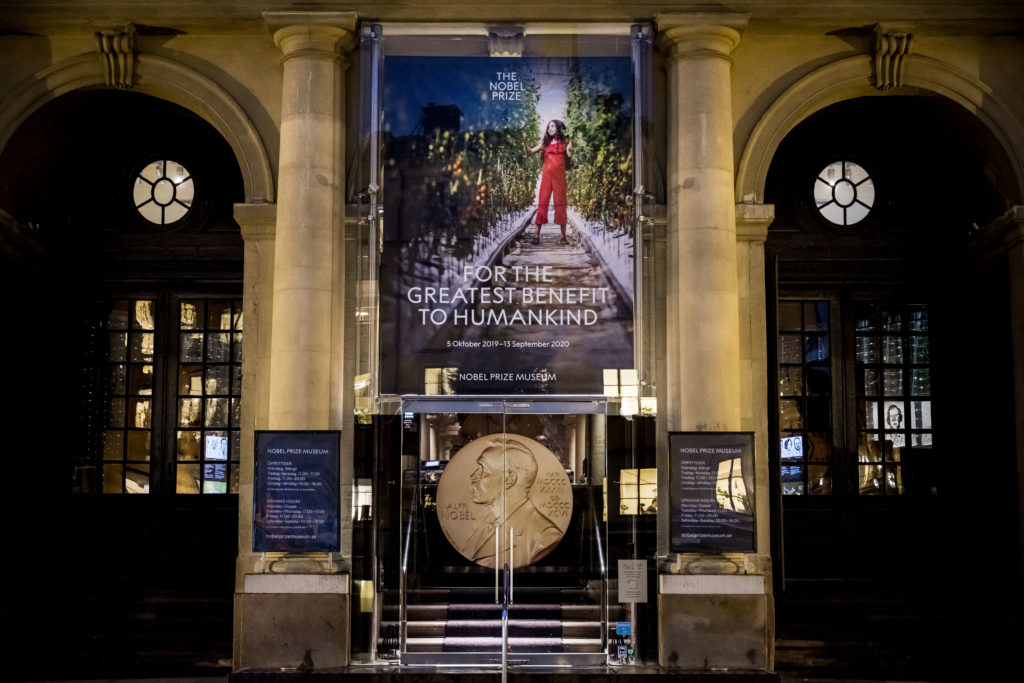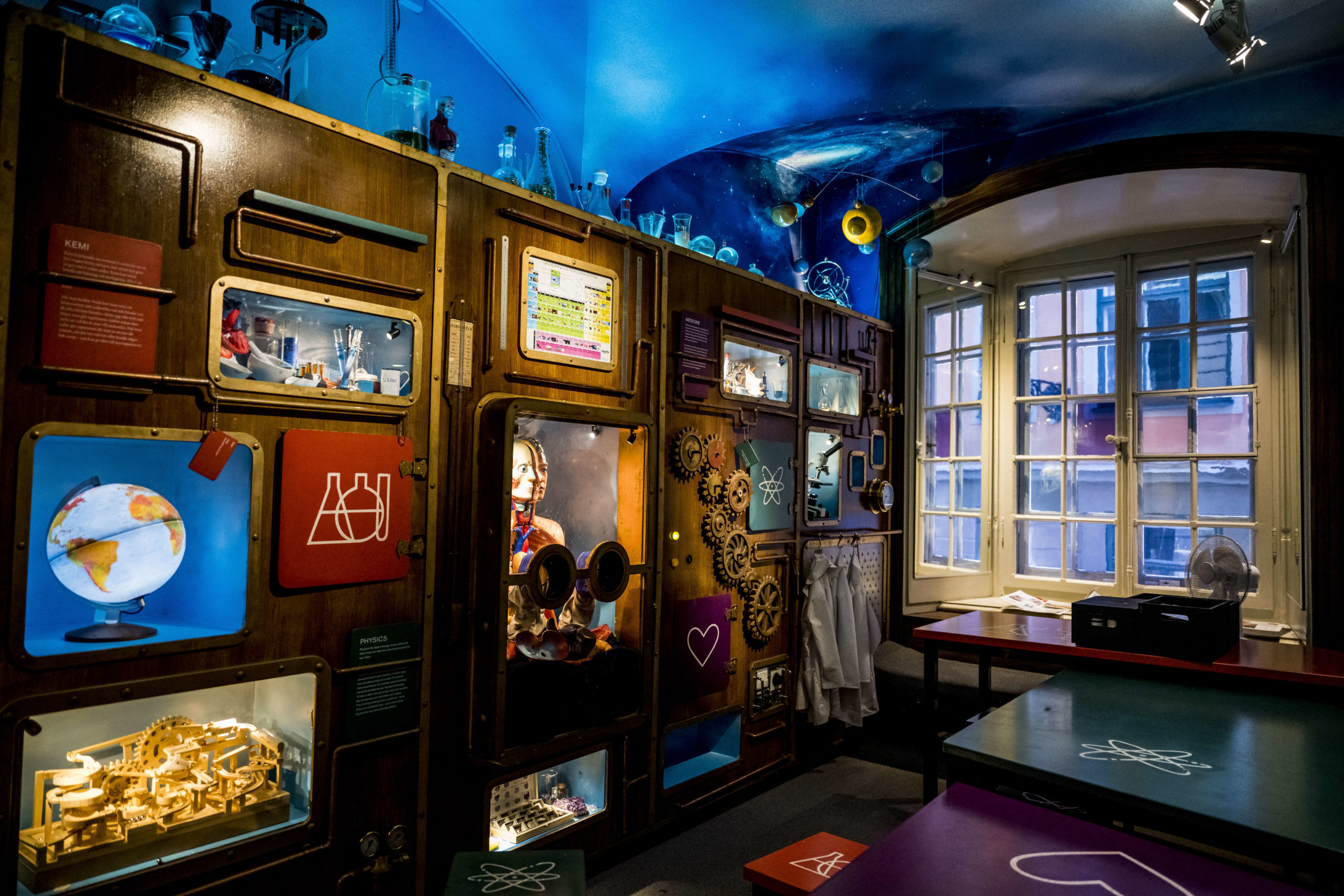1.What is your museum about and what is your work there?
Our museum is about ideas that have changed the world. By telling the stories of the courage, creativity and perseverance of the Nobel Prize laureates we hope to inspire people and give hope for the future. We say that we are a small museum with vast content.
With installations, video-work, donated objects and in-depth guided tours and programs, our visitors get to meet freedom fighters, writers and scientists who all contributed to the greatest benefit to humankind.

2.What is the impact on your digital activity? Do you have tips to share with your colleagues?
We work on various digital platforms to reach out to our visitors. Like many museums, we put effort on Facebook, Instagram and LinkedIn. In terms of digitally distributed content, one project that has gained a lot of attention is our podcast “Ideas changing the world”.
It has helped us to maintain a relationship with our visitors and reach a new audience, even through the worst phases of the pandemic when the museum was closed. Our Nobel Prize expert Gustav Källstrand meets researchers, authors and other experts in conversations on how groundbreaking, Nobel Prize awarded scientific, literary and peace work has changed the way we perceive ourselves and our world.
-

The Nobel Prize Museum main entrance © Nobel Media. Ph. A. Mahmoud
The podcast has to our great joy in a very short time become very popular and has been nominated to several prizes. Another of our activations that hit a much-desired note in a society under restriction is the Stockholm light festival Nobel Week Lights.
During the Nobel Week in December (a very dark period in Sweden), around 20 iconic buildings and sites were presented with individual, spectacular and artistic light installations all inspired by Nobel Prize awarded work. This project turned out a success in social media with people sharing innumerable creative pictures and inspired material conveying how the project allowed them to experience the city and public spaces in new ways.
3.What advice would you give a visitor to fully discover your museum?
You certainly have an opportunity to bring a lot of knowledge from a visit to our museum. Knowledge both about Alfred Nobel and the history of the Nobel Prize and about the laureates and their achievements.
You may follow how groundbreaking research, literary achievements and courageous peace work have paved the way to human progress over the decades and zoom in on how discoveries such as that of the x-ray, penicillin and insulin have been of importance to humanity and to our lives. Complementing this, you may currently get a good sense of the particularity and history of the Nobel festivities, through our new exhibition on the Nobel Prize Banquet.
I would advise you to take one of our initiated and inspiring guided tours. The tours offer insights that go beyond the displays and may even provide bits and pieces of behind-the-scenes information! An excellent way to get a qualitative experience even if you miss the tours is to use our audio guide on your own cellphone.
Continue on #MuseumWeek Magazine.

 The Nobel Prize Museum © Ph. Alexander Mahmoud
The Nobel Prize Museum © Ph. Alexander Mahmoud